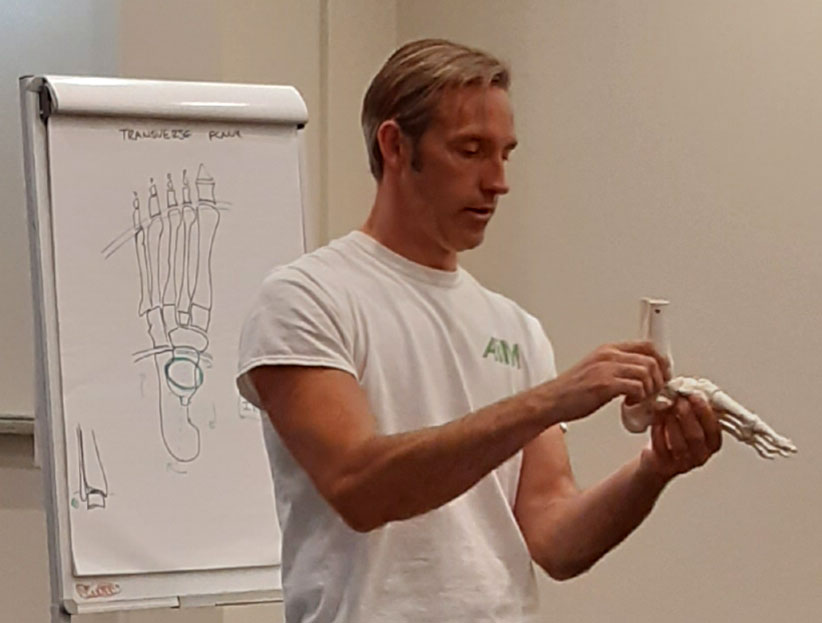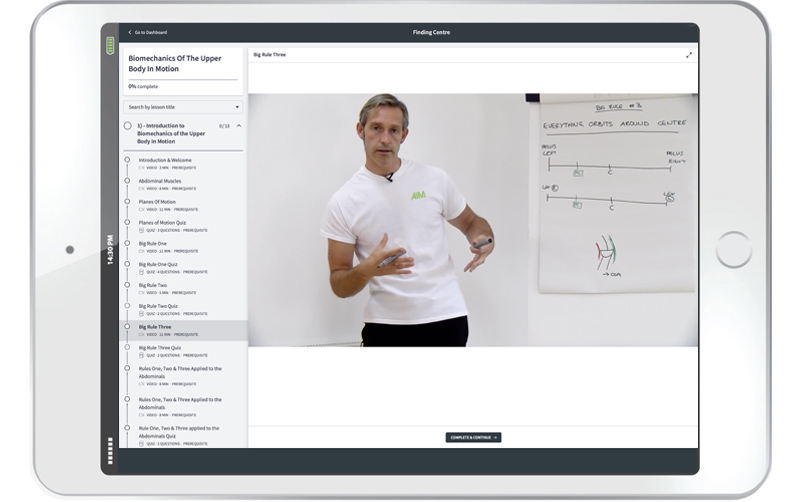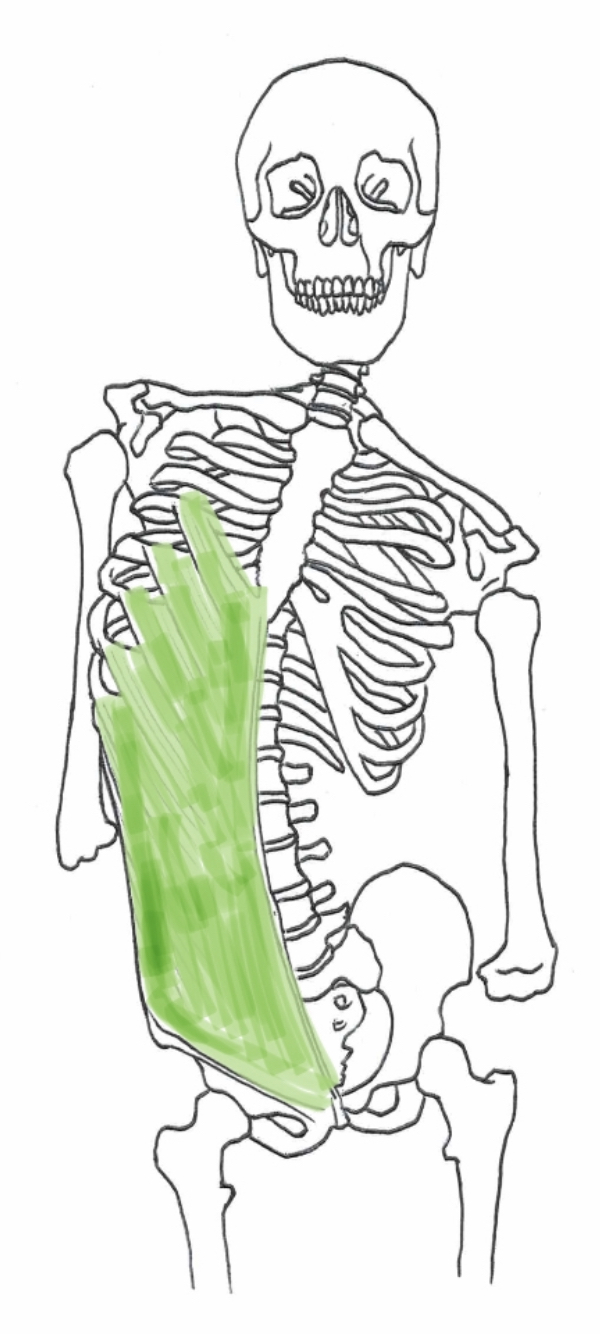What is Anatomy in Motion?



Are you looking to help your patients in a brand new way? Are you looking for a therapeutic approach that is bespoke to the client / patient’s needs rather then cookie cutter solutions for everyday problems? Let’s cut to the chase, are you looking to treat the cause, rather than the problem but don’t have a method to follow to find that every time?
Anatomy in Motion is a Method unlike any other which uses the Flow Motion Model to determine exactly what movements you are missing or struggling to access, and regardless of your symptoms, will use Corrective Movements to re-educate the body in it’s movements and allow the body to reorganise itself and take the pressure of the system that is causing pain. We get the body to do the healing through movement.
Gary Ward’s Flow Motion Model is a description of the journey of every bone and joint in the body in all three dimensions as we walk through a single footstep. Each of the 7 phases create 7 different whole body postures where all joints are specifically moving to formulate the joint. The absence of just one of these joints not moving well, changes the whole flow of our movement and balance. In integrated closed chain motion we have joints under-moving and joints over-moving to create the balance in the system, but either scenario can be a problem for the body. The Flow Motion Model creates a base for reasoning how these missing motions are contributing to the discomfort or pain, and also creates the opportunity to build effective AiM Exercises to restore the missing motions.
Rather than work within the limitations we have (strengthening and stabilising) we seek to restore those limitations through integration and mobilisation using movement in the closed chain based on what we know to be happening in the model.
Biomechanics in a Closed Chain Environment — Much of standard biomechanics is taught in an open chain context. Think about it – in particular for the lower extremity, don’t we want to understand it’s biomechanics when interacting with the body above and the ground surface below? Closed chain biomechanics is a very real appreciation of how all of your joint system works together as one unit to formulate efficient, effortless and effective movement.
For every joint in the body you will learn:
- A conceptual understanding of closed chain joint motion in all three planes
- A conceptual understanding of how these motions impact muscles
- An experiential understanding of all above joint motions
- AiM style assessment of static position of all joints
- AiM style assessment of dynamic potential of all joints
- AiM style reasoning about using movement for rehab
- AiM style solutions (exercises) to restore missing movement using movement itself
A Joint-centric Approach to Understanding Human Movement — One of Gary’s big rules of human movement is “Joints ACT: Muscles REACT”. You will learn to reason based on joint mechanics with an understanding of how the muscles respond to joint motion, flipping standard training and rehabilitation reasoning on its head. Gary didn’t choose to flip conventional wisdom on it’s head, it’s what he learnt and observed through documenting and observing gait and also witnesses in the natural environment (such as animal movement) and even life itself!
Detailed Biomechanics of All 33 Joints in the Foot — You will learn the most rigorous definitions of foot function anywhere! You will learn what all 33 joints in the foot do in all three planes of motion in all phases of gait! And specifically when it comes to foot pronation and supination, you will learn that it’s probably not what you think it is, and through Gary’s specific parameters for observing foot movement, will soon see the insane value that the human body places on pronation and how it contributes to whole body movement.
The AiM Method Itself (Putting All of the Above Together) — You will learn how to work from start to finish:
- AiM Style Assessment of Static Posture
- AiM Style Assessment of Dynamic Posture
- AiM Style Gait Assessment
- AiM Style Reasoning Using the Above Gathered Information
- AiM Style Solutions/Exercises
- AiM Style satisfaction
AiM is known for putting for a smile back on the faces of both practitioners and their clients.
Three ways to go down the AiM Education Pathway:
All course formats run in the order of 1 Closed Chain Biomechanics of the Human Body > 2 The Flow Motion Model and > 3 The AiM Method. Completion of an earlier module enables you to access the next module regardless of the medium in which you learned it.
The AiM Method is being successfully used by Chiropractors, Physiotherapist, Athletic Trainers, Strength and Conditioning Coaches, Podiatrists, Pilates Instructors, Yoga Instructors, Dance Instructors, etc.
All over the world!
Comments are closed.
